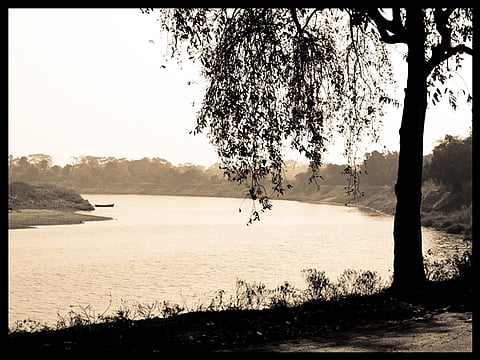Land called home
Much high quality Indian English poetry was produced in the mid-1970s. R Parthasarathy's Ten Twentieth-Century Indian Poets published in 1976 is the best representative anthology of that period. All the poets included (except perhaps for Gieve Patel) went on to forge their own distinctive styles: Nissim Ezekiel, A K Ramanujan, Arun Kolatkar, Kamala Das, who are no more. No other anthologist has been so accurate in identifying poets who would thrive. Jayanta Mahapatra, one of the poets included in that earlier collection, is one poet who has flourished. He began writing poetry quite late, at the age of 40, but he has more than made up for lost time. Land, a collection of his poems published this year, is his 19th book.
Mahapatra began to be noticed as an emerging poet in the 1970s through his publications in international journals such as Poetry, The Hudson Review, and The Sewanee Review, and continues to be published in such places today. More recently he has been published in The New Yorker. His magazine publications in the UK, US and Australia brought him recognition there, and consequently he found a publisher for his books, as well as invitations to read poetry. International anthologies like The Vintage Book of Contemporary World Poetry have included his work. In this regard, Mahapatra is a lone ranger who looks first to be published in magazines and journals before collecting his poems into book format. In 2009, seven poems published in The Sewanee Review won him the Allen Tate Poetry Prize. He had won prizes much earlier, too. His career as a published poet began with the publication of the same number of poems in Critical Quarterly. In 1975 he received the Jacob Glatstein Memorial Prize for his eleven poems from Poetry magazine.

